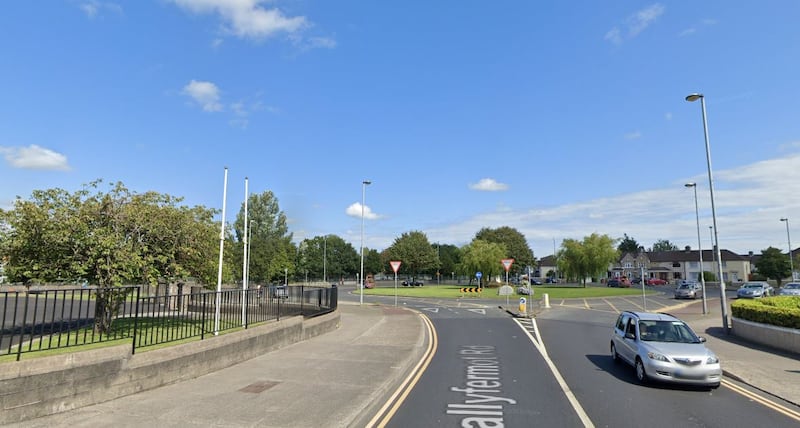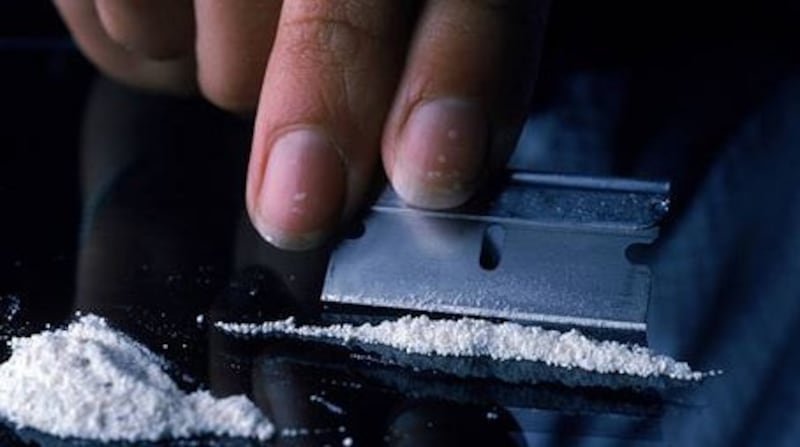A cluster of suicides among young women in west Dublin last year is linked to the housing crisis, domestic violence, social media and recreational drug use, a HSE investigation has found.
Fears their children could be removed by Tusla is cited by the report as a reason some mothers in distress don’t seek help.
The investigation, "Rapid assessment and community response to suicide and suspected suicide in Dublin South", was ordered by the HSE's national office of suicide prevention in response to the "situation regarding suicide within the Ballyfermot community".
Though the area has had a female suicide rate three times the national average since 2015, it was the deaths of eight women in their 20s and early 30s over a 10-week period that prompted the report.
Four of the women who died between April and July 2019 were from Ballyfermot and the others were from neighbouring Clondalkin, Tallaght and Palmerstown. Several were young mothers.
A Rapid Assessment Response team was established by the HSE late last year, with in-depth interviews across local services and with bereaved relatives conducted between February and May 2020.

“The lives lost of these young women has been deeply traumatic to the area,” says the report. Its aim is “not to make inferences about individual cases but identify potential risk factors to prevent future suicide clusters in Ballyfermot”.
Lone parents
Much of the Ballyfermot area, it says, is “significantly impacted by deprivation”, with small areas characterised by high unemployment, low school-completion rates and high proportions of families headed by lone parents.
Through summer 2019 there was a “palpable sense of fear and anxiety” that further suicides would occur. An ongoing “contagion effect” was feared as most of the young women either shared friend groups or knew each other through social media.
“There was a feeling amongst research participants that the contagion effect may be stronger in young women, and that when one young mother dies by suicide, the psychological proximity felt can remove the protective barrier of parenthood for other young mothers against suicide ideation.”
And while families must grieve and celebrate their loved ones as they choose, there was a concern “huge funerals” and tributes on social media could serve to “monumentalise suicide”.
Social media put enormous pressure on young women to “look good, be active and popular”, and interviewees noted the pressure many young women put upon themselves to live up to unattainable versions of how they believed their lives should be.
Underlying trauma
A consistent view was “that underlying trauma is at the root of anxiety, depression or poor mental health for young women in the area”, particularly childhood trauma including domestic violence, alcohol or drug use, or mental ill-health in the childhood family home; childhood physical, sexual or emotional abuse, or parental separation.
Current challenges included the housing crisis, with “many single parents . . . in and out of homelessness” while “almost all of the contributors referenced domestic violence as a key issue”, with few supports in the area.
Young mothers experiencing abusive relationships, poverty and emerging mental health issues are “perceived as unlikely to engage with programmes because they fear that social services will intervene”.

Cocaine was identified as the “main problem drug”, “especially dangerous at the ‘coming down from it’ phase”, and likely to be used as a coping mechanism rather than a “root cause in itself” of distress.
Services in the area were described as “under-resourced or operating with waiting lists, particularly mental health, counselling and family support services”.
[ jo@samaritans.ie ]












